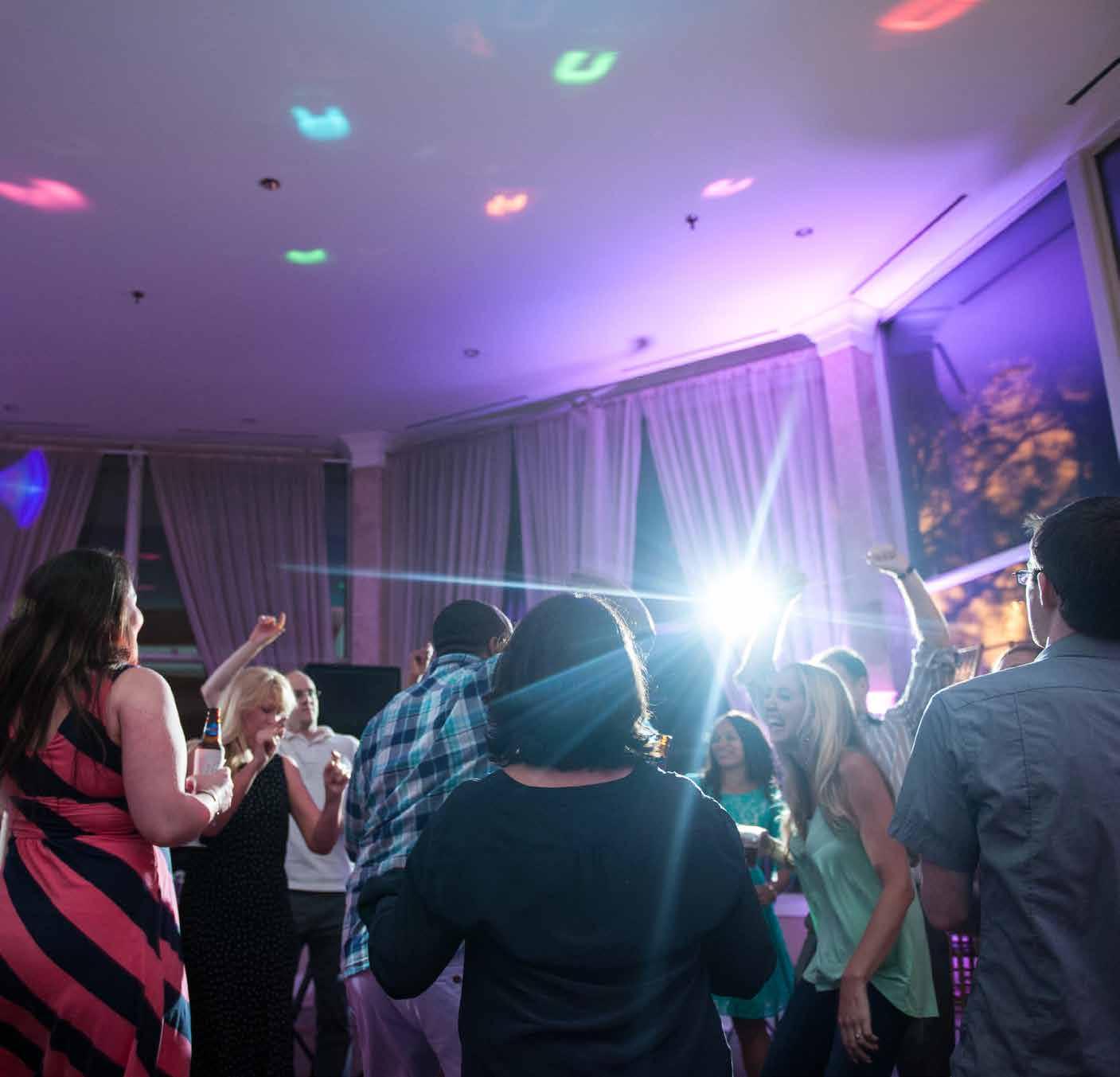DAY 16
ANTHROPOLOGY By Joanna DeWolf
Speaker, editor, and teacher
“We have met the enemy and he is us.” - Pogo
I
still remember the first time a friend stabbed me in the back. Figuratively, of course. The emotional wound, however, felt every bit as real as if someone had stolen out from around the corner, stealthily crept up behind me and sunk a switchblade between my shoulder blades. Sitting at the kitchen table that night, I struggled to get my breath, wrestling to find the words for the emotions. Tears were the blood of my broken heart. Once the initial bleeding had been bandaged up, it was clear I would have to determine how to keep moving forward. I now had to live in a world in which a best friend could somehow be a worst enemy as well. It was an anthropology crisis. I’ve been an anthropology major ever since. Anthropology: the study of humankind. In order to be a world changer, like it or not, you’re going to have to pick up the major as well. Because what you believe about humans will drastically affect how you go about changing the world and the people who live here. Problem-solvers tend toward idealism. Seeing the possibilities in the problems. Looking for the beauty we know is temporarily shrouded by the external difficulty. A common experience, however, for idealists is to be blindsided by the underside of humanity. It is so easy on the front end to romanticize people groups. This seems especially true when the people group is very different than our own. We admire “their” simple living, “their” respect for elders, 64
“their” perseverance in the face of difficulty, “their” fill-in-the-blank. Lost in that admiration and passion for our cause, we plow forward doing the work when the unexpected occurs. That young teen who has tried your patience week after week walks out the back door and hurls a rock through the window. The young man in whom you’ve invested hours in skill training with the agreement that he will teach another quits unexpectedly, avoiding your phone calls. The precious grandmother whose smile lights up the room whenever you enter treats another with unguarded contempt due to flat-out prejudice. The committed volunteer’s three girlfriends who have recently found out about each other show up at your office. The accountant caught after years of embezzling from the company. Ah…here’s what Shakespeare wrote plays about, history retells repeatedly and most religions seek to explain and remedy: humans are full of light and darkness. Visualize a huge picture window sectioned into many panes. From a distance, the window is clear, letting the light stream through. When seen as a whole, it is the architect’s show piece: bright and beautiful. Then move closer. Wait, there’s a spot in that pane. Now a cloudy section over here. A dark streak across this one. Every pane of the window is marred in some way—some parts more obviously than others, but each one marked. Just like that window, the closer we get to others, the more blemishes we see. In the words of a John Ortberg book title, Everyone’s Normal Until You Get to Know Them. That very darkness, however, is often the tool that
From Clouds To Concrete

























